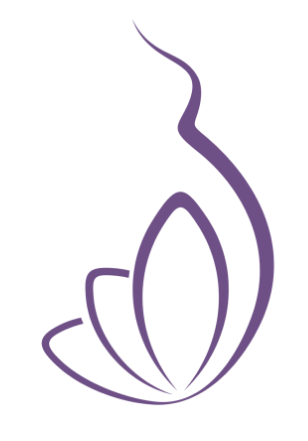One of the most important things to do after bringing your little one home for the first time is giving your body time to rest and heal. There is no rush to return to exercise postpartum. Give yourself the grace and space to spend this special time with your new babe and recover/reconnect to your body and your awareness.
When you feel ready and once you’ve been cleared for exercise it is important to first be able to properly connect and strengthen your core in order to create a solid foundation for your body. Here at TLM, we don’t want you to be afraid of movement returning postpartum but we encourage you to educate yourself, learn about your body and create body awareness that will help you develop functional movement patterns for the rest of your life!
Let’s chat about diaphragmatic breathing. When returning to exercise postpartum reconnecting to your breath and incorporating it into movement may feel a little off. That’s alright! Breathing is essential to life and the beauty of the diaphragmatic breath is that your body knows exactly how to breath this way. Reconnecting to your diaphragmatic breath after birth is imperative in order to establish a strong and functional core as well as prevent injury.
The diaphragmatic breath allows for your diaphragm, transverse abdominals (TVA), multifidus and pelvic floor muscles (shout out to the core 4 that get you through your day) to work together in unison and regulate intra-abdominal pressure. Being able to regulate intra-abdominal pressure allows you to breath properly through movements while creating stabilization for the spine and pelvis. Think of your diaphragmatic breath as an anticipatory move before a functional movement pattern is performed, such as syncing your breath while picking your baby up off the floor or placing them into a carseat.
diaphragmatic breath recap
standing, seated or lying on your back with knees bent
..on your inhale
*Check rib over hip postural alignment
*Breathing into your ribcage (diaphragm) 360 degrees like an expanding umbrella
*Allow your lower belly to relax and softly
*Finally your pelvic floor muscles should be the last group of muscles to fully soften
..on your exhale
*Engage and lift pelvic floor muscles
*Activate your TVA (muscle that wraps around your torso like a corset)
*Continue your exhale similar to blowing out through a straw
Ideally, your diaphragmatic breath should feel like a flow of relaxation into activation building on engagement and stability through your entire breath!
Here are some questions to ask yourself when you start implementing your diaphragmatic breath postpartum:
Do you feel a fluid motion of relaxation upon your inhale and activation with your exhale?
Are you able to activate your pelvic floor with your TVA and diaphragm or are you getting stuck chest breathing?
Are you set up in proper posture aligning your ribcage over your hips to help with intra-abdominal pressure or do you find yourself arching your low back?
Any information that you gather during your breath will help you increase your body awareness as well as fine tune proper posture and core functionally!
Being cognizant of your biomechanics, alignment and breath while moving through daily activities such as how you move up the stairs or stand while holding your little one will greatly help increase the neuromuscular connection throughout your body. In other words, in order to engage, connect and strengthen your core on a deeper level you need to mimic proper functional movements that activate your core 4 both in exercise and in daily movements.
Check out our Connecting to Your Core After Giving Brith video!
Remember, where you are today isn’t where you’ll be tomorrow, in two months, or in 2 years. Trust the process and show yourself some love!
« TLM PALSNext Post:
prep your pelvic floor & pelvis for birth (late in the third trimester) »

